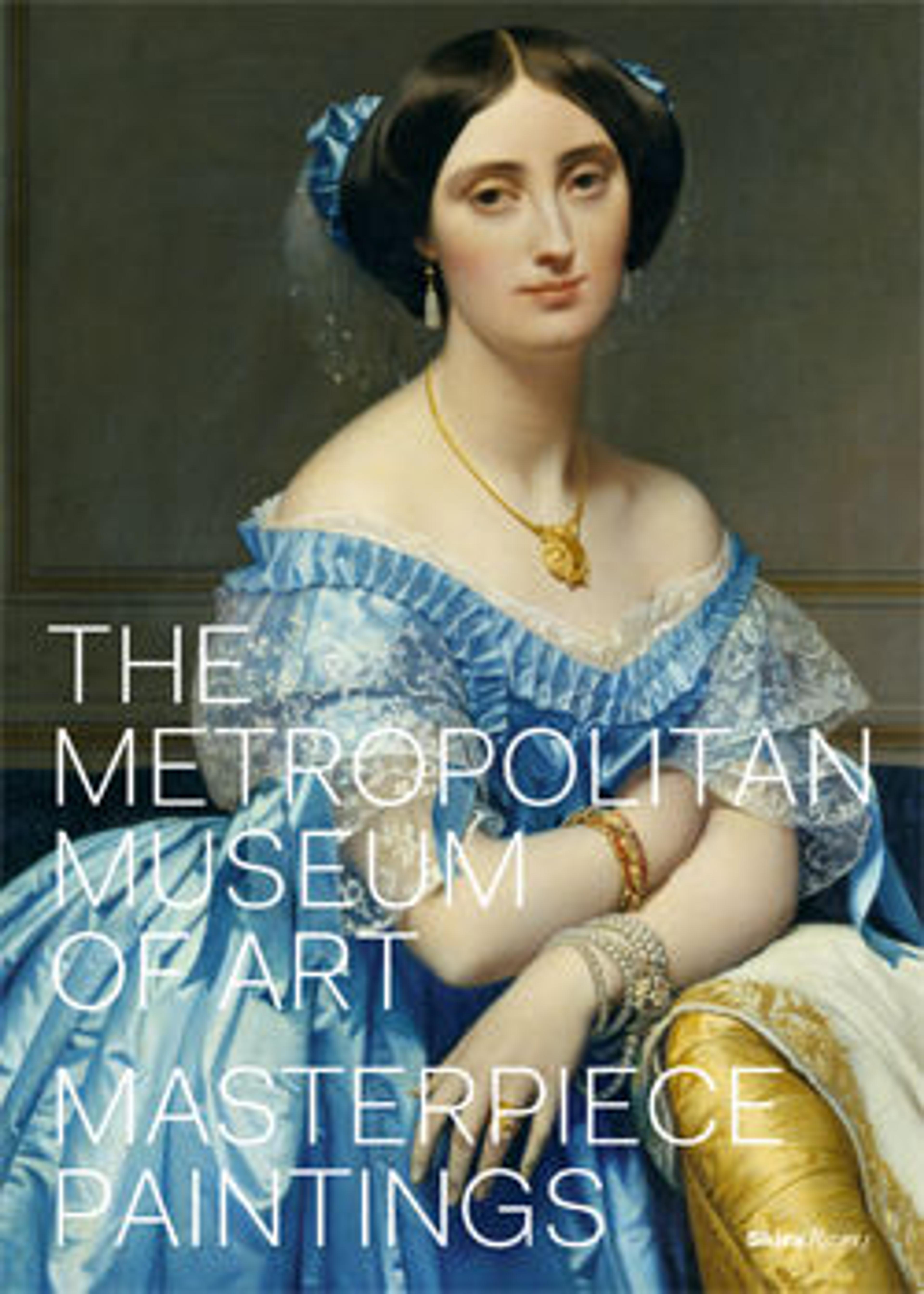The Shepherd's Song
Puvis adapted this composition from a mural that he made for the Musée des Beaux-Arts in Lyons. The pipe-playing shepherd and draped figures pay homage to the poetry and grace of classical antiquity, which Puvis revered as the epitome of beauty. Their rhythmic poses and absorbed demeanor impart a mood of dreamlike serenity to the scene. Pale colors, minimal modeling, and limited detail create an effect of great simplicity and restraint. Puvis’s work inspired numerous younger artists eager for alternatives to Impressionism, including Paul Gauguin and Georges Seurat.
Artwork Details
- Title:The Shepherd's Song
- Artist:Pierre Puvis de Chavannes (French, Lyons 1824–1898 Paris)
- Date:1891
- Medium:Oil on canvas
- Dimensions:41 1/8 x 43 1/4 in. (104.5 x 109.9 cm)
- Classification:Paintings
- Credit Line:Rogers Fund, 1906
- Object Number:06.177
- Curatorial Department: European Paintings
Audio
6019. The Shepherd's Song
0:00
0:00
We're sorry, the transcript for this audio track is not available at this time. Please email info@metmuseum.org to request a transcript for this track.
More Artwork
Research Resources
The Met provides unparalleled resources for research and welcomes an international community of students and scholars. The Met's Open Access API is where creators and researchers can connect to the The Met collection. Open Access data and public domain images are available for unrestricted commercial and noncommercial use without permission or fee.
To request images under copyright and other restrictions, please use this Image Request form.
Feedback
We continue to research and examine historical and cultural context for objects in The Met collection. If you have comments or questions about this object record, please contact us using the form below. The Museum looks forward to receiving your comments.
